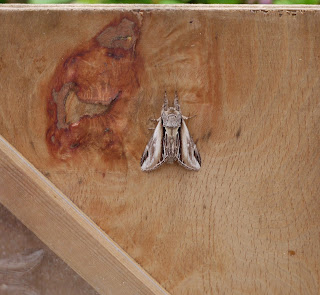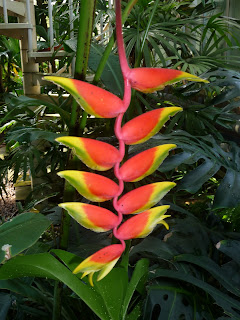Shades of autumn were very real this afternoon as I took a short stroll around this lovely site. The sun came out for a short time but the blackberries are ripe, apples are on the trees and the berries on the hedgerows. I was feeling a little melancholy thinking how it would have been my Mum&Dads diamond wedding anniversary tomorrow. Dad has been gone nearly two years and life has to go on but I miss him very much. I read the story of the young widow today who lost her husband to a shark attack and she said the thing he knew was that she is not good at partings and she would not say goodbye. I think thats me too, farewells are hard enough, goodbyes too final.
But there was a sudden vivid flash of orange/red and this lovely Comma fluttered by and perched in the suns beams. They are often the first butterfly I see each year, and are ragged yet beautiful. There were several speckled woods as well which all served to lift my spirits.
I was so pleased to see a couple of emeralds around the long pond. Always stunning, but a little sad to find a teneral emerald in the hedgerow. What are its chances? This is a late emerging species but there were few around and I hope the little creature will find a mate and be in time to create the next generation. This one was by the pond and is mature. The larva will not emerge from eggs laid now until next year but will then develop quickly to emerge in their loveliness in the summer. Lets hope the newly emerged one finds a few sunny days.
But it is September tomorrow and the reserve is putting on its autumn glory ahead of the coming colder months. I have been thinking about butterfly egg hunting this winter - and time at DENR is always so good and gives me a sense of wholeness and peace even if the rest of my world feels the sand is shifting around me. Change is a process and as the egg becomes a larva and then the dragonfly emerges so we all have to change and mvoe through the seasons that life brings.








































